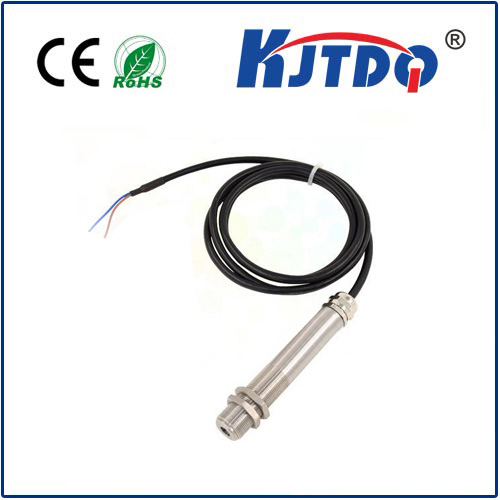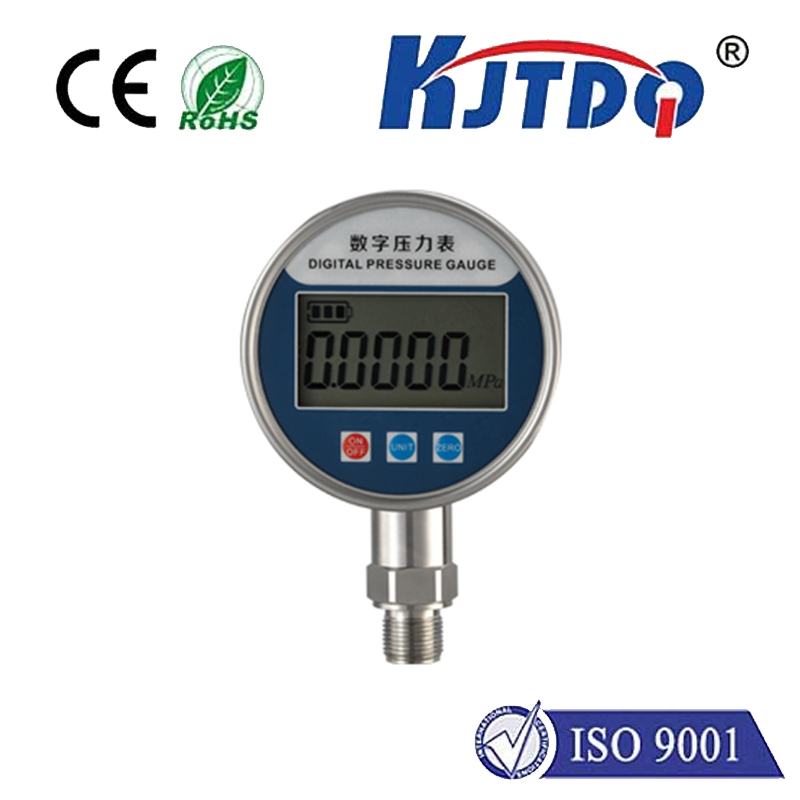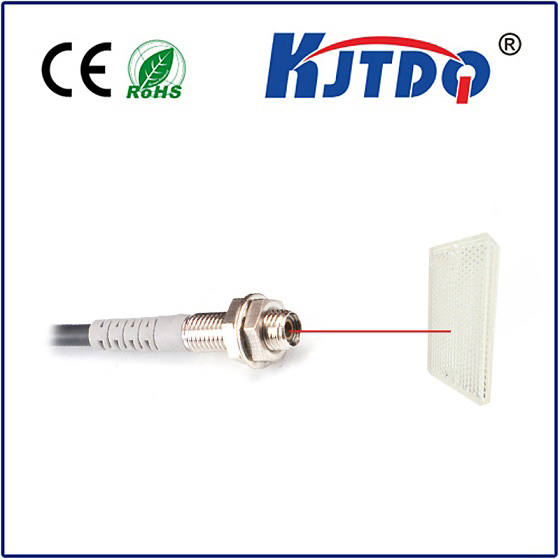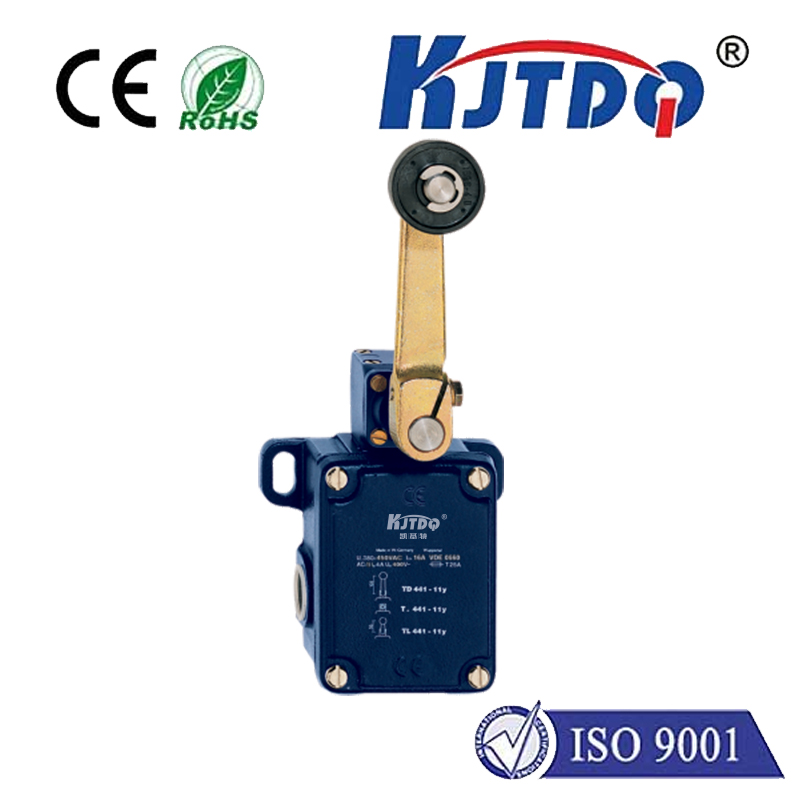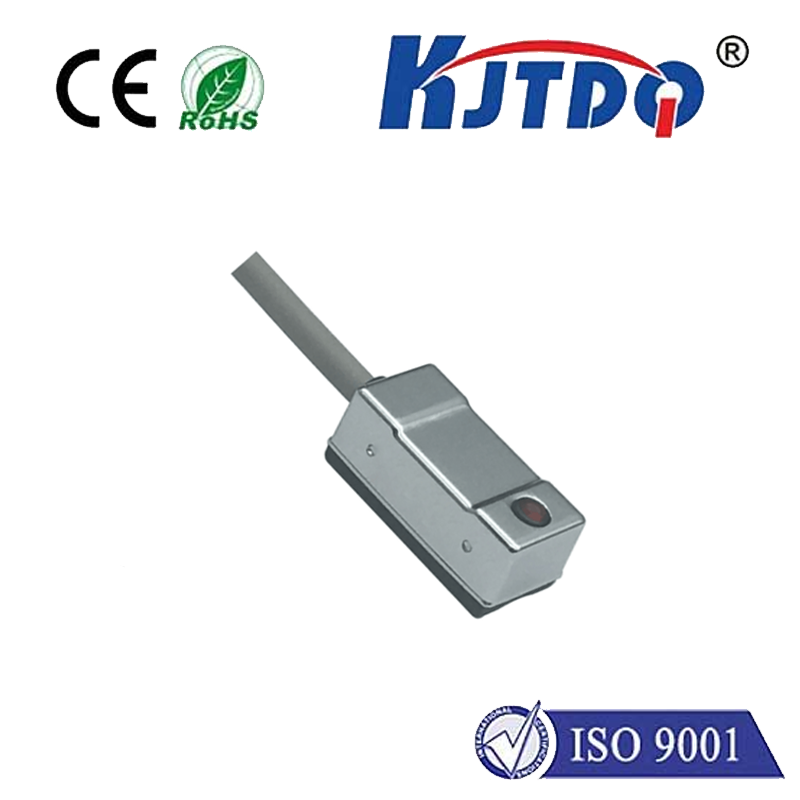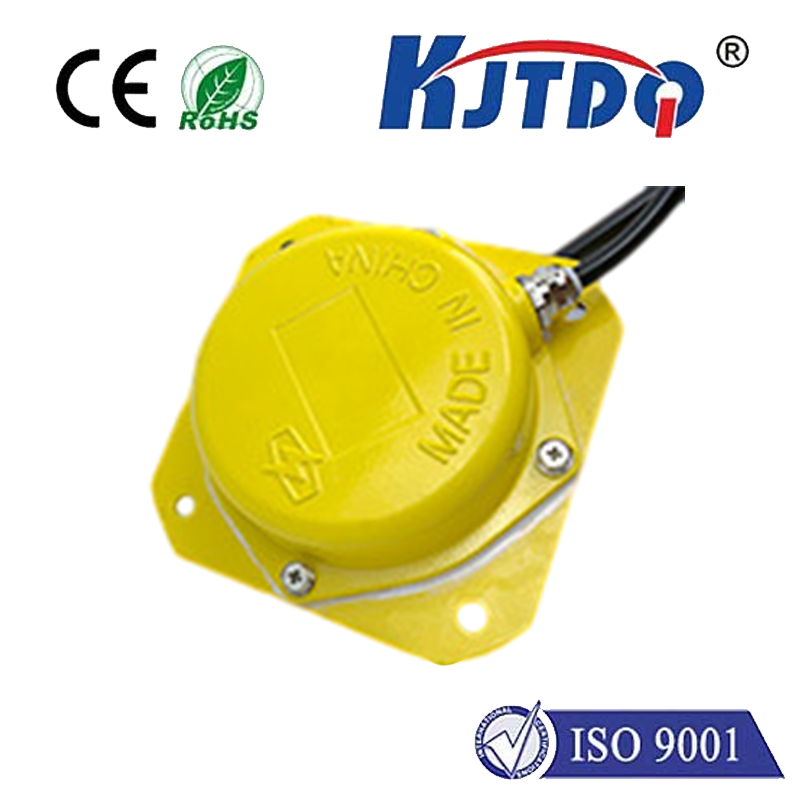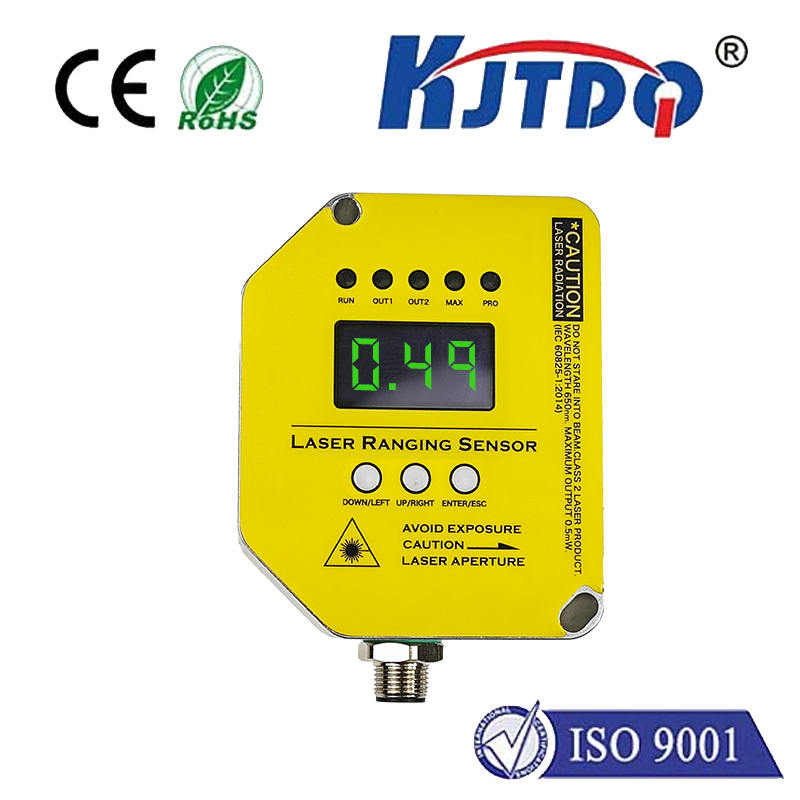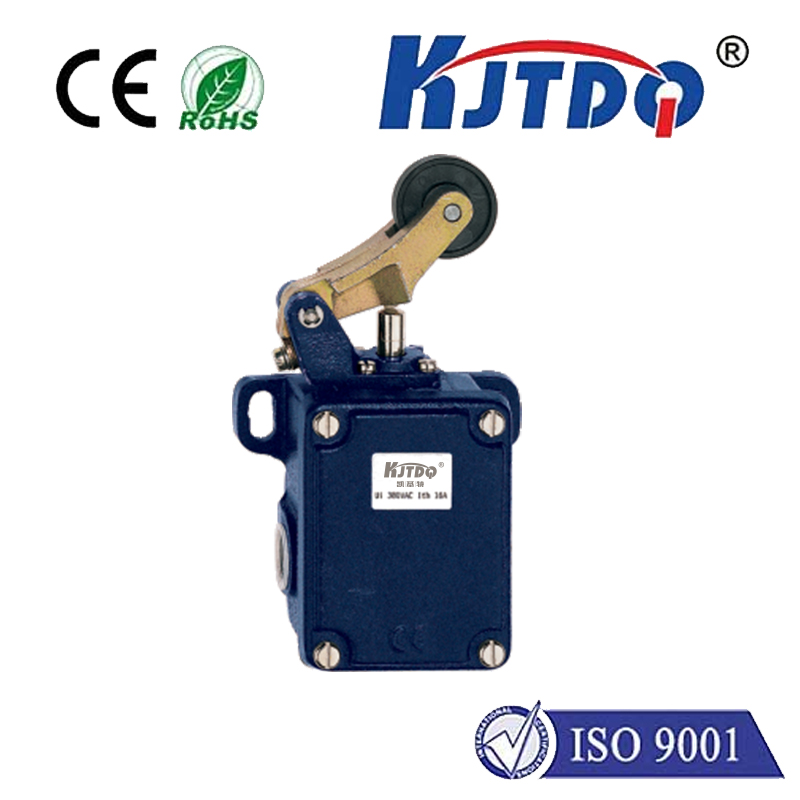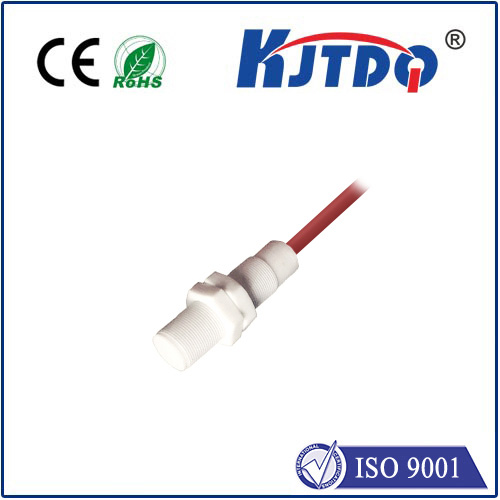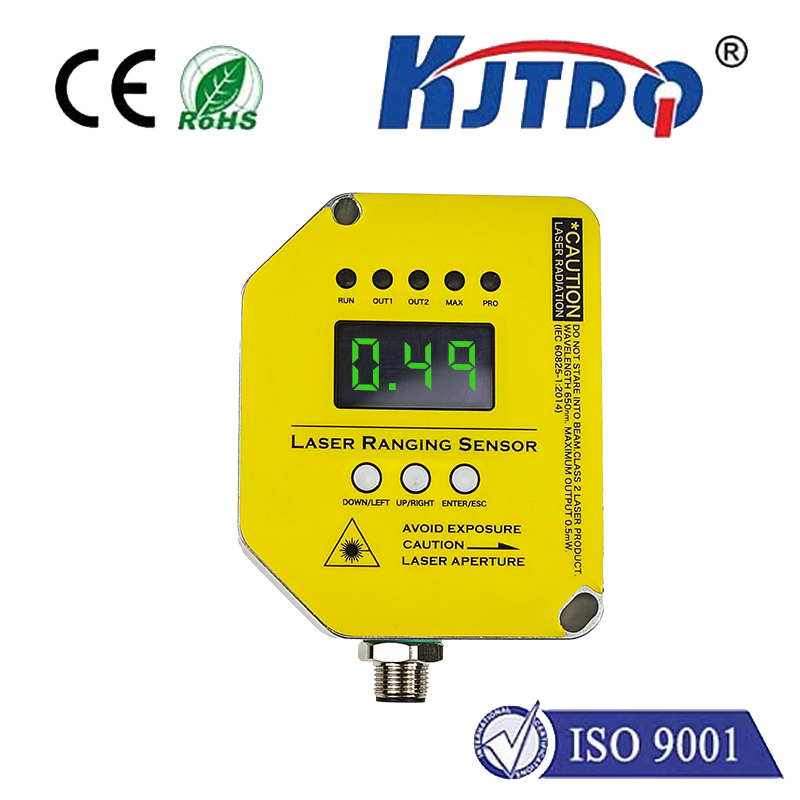

check

check

check

check

check

check

check

check

check

check
As businesses continue to grow, the use of heavy equipment becomes increasingly common in various sectors such as construction, mining, and manufacturing. These machines are essential for completing tasks that would be impossible for humans to accomplish. However, their operation also presents significant safety risks, especially if workers are not aware of their proximity to other people or objects. To mitigate these risks, heavy equipment proximity sensors have become a crucial safety feature for many businesses. This article will provide an overview of how to install and maintain these devices, so you can ensure the safety of your workplace.
Section 1: The Importance of Heavy Equipment Proximity Sensors
Heavy equipment proximity sensors are electronic devices that detect the distance between a machine and its surroundings. They work by emitting radio waves or ultrasonic waves and measuring the time it takes for them to bounce back. If a person or object comes into contact with the machine while it is in operation, the sensor will trigger an alarm or stop the machine. This feature helps prevent accidents such as collisions, fires, and electrocution. By incorporating proximity sensors into your heavy equipment operations, you can significantly reduce the risk of workplace injuries and accidents.
Section 2: Choosing the Right Proximity Sensors for Your Business
When selecting proximity sensors for your heavy equipment, there are several factors to consider. First, you need to determine the type of machine you will be using and the environment it will operate in. Some sensors are designed specifically for certain types of machinery or applications, while others can be used across a broader range of industries. Next, consider the range and precision of the sensor. The range should be sufficient to cover all areas where employees might interact with the machine, while the precision should be accurate enough to detect even small distances between objects. Finally, consider the cost and maintenance requirements of the sensor. High-quality sensors may be more expensive upfront, but they often offer better performance and longer lifespans than lower-priced options.
Section 3: Installing and Calibrating Proximity Sensors
Once you have chosen the right proximity sensors for your business, it's time to install and calibrate them properly. Here are some steps to follow:
* Ensure that your machine has a clear path for the sensor to detect objects from any angle. This may require modifying the machine's design or positioning it in a specific way.
* Install the sensors according to the manufacturer's instructions, following any guidelines provided in the user manual. Make sure all sensors are properly connected and powered.
* Calibrate the sensors by running them in a controlled environment without any personnel or moving objects present. This will allow you to adjust any settings or recalibrate them as needed.
* Once calibrated, test the sensors regularly to ensure they are functioning correctly and providing accurate readings. This includes checking for any signs of damage or malfunctioning components that may need replacement.
Section 4: Maintaining Your Proximity Sensors
Like any other piece of equipment, heavy equipment proximity sensors require regular maintenance to ensure they continue to function effectively. Here are some tips for maintaining your sensors:
* Keep them clean and free of debris that could interfere with their operation. This may include wiping down surfaces with a damp cloth or using specialized cleaning solutions designed for electronic devices.
* Check the connections between each sensor and its power source regularly to make sure they are secure and free of corrosion or damage. Replace any damaged components promptly.
* Schedule regular inspections and testing of your sensors at least once per year
